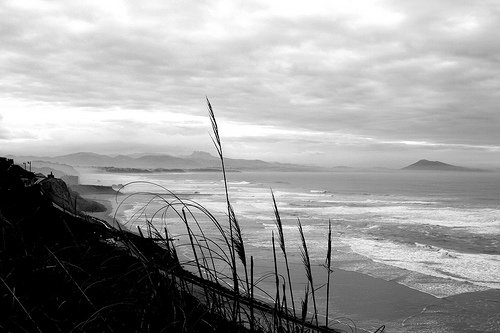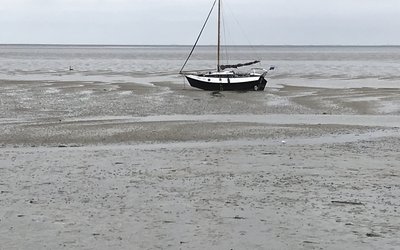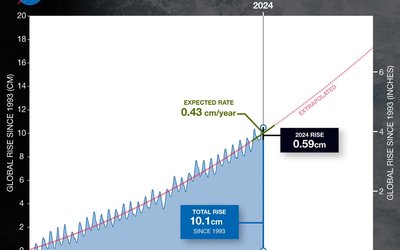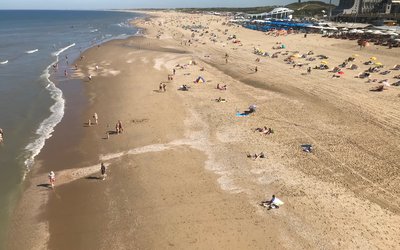Coastal erosion and coastal floods
Future sea level extremes on the western Basque coast
May 21, 2013

The impacts of sea level changes during the 21st century on flood risk along the coast of Bizkaia (Basque Country, northern Spain) were investigated using projections for the different sea level contributions (thermal expansion, water mass addition from melting land ice, changes in atmospheric pressure) as well as the tidal and the storm surge components. Vertical land movements were considered to be negligible.
The results showed a more than 3-fold increase of the area under risk of flooding at the end of the 21st century compared to the present sea level extremes.
Overall, the results indicate that during the 21st century
- the main mechanism driving changes in total sea level extremes is the long term mean sea level rise caused by the thermosteric effect and the mass addition from melting land ice;
- winter atmospheric pressure will increase, resulting in a negative, but relatively low, contribution (reduction) of atmospheric pressure to of sea level near the Bizkaian coast;
- the number of strong storm surge events, defined as those events exceeding the 99.5th percentile of the entire time series and separated by at least 72 h, will reduce but have the same intensity compared to the current situation for both A1B and A2 scenarios. The latter results are consistent with other works that suggest a poleward shift of the storms tracks in Europe.
Source: Marcos et al., 2012. Climate Research 51: 237–248.
Photo: Christopher Eden (www.flickr.com)








